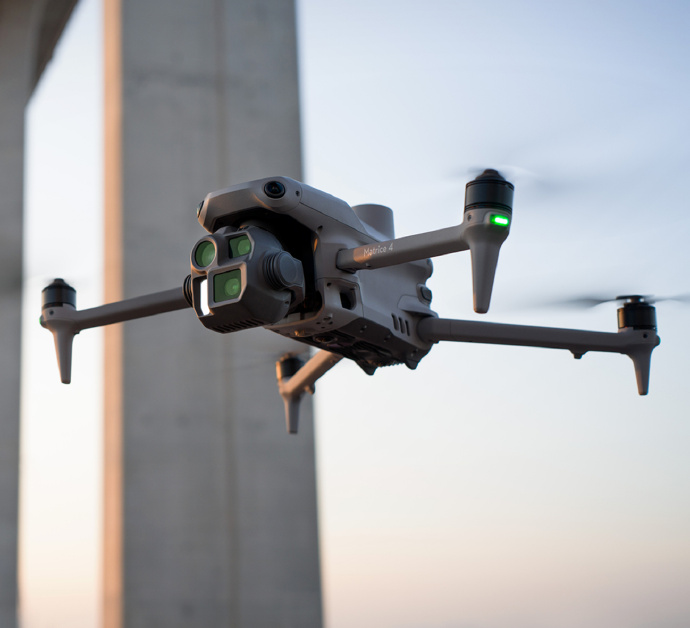The world of technology is ever-evolving, and one of the most exciting advancements is the integration of thermal cameras with drones. Known for their versatility and innovative applications, drones equipped with thermal cameras are revolutionizing industries across the globe.
These sophisticated machines combine aerial prowess with temperature detection, providing invaluable insights in various fields such as rescue operations, agriculture, and building inspections. With their ability to “see” heat signatures, drones with thermal cameras allow operators to observe environments in ways that were once impossible.
Why Choose a Drone with Thermal Camera?
Unlike traditional imaging systems, thermal imaging enables the detection of differences in temperature, making it ideal for spotting anomalies. Whether you’re overseeing large agricultural fields or searching for missing persons, the distinct advantages offered by drones with thermal cameras are undeniable. Enhanced surveillance: Thermal cameras can penetrate smoke and fog, providing clear images even in low visibility conditions. This makes them vital tools in firefighting operations and search-and-rescue missions.
- Safety assessments: Quickly identify overheating machinery or power lines, preventing potential hazards before they occur.
- Wildlife monitoring: Non-invasive tracking of animals at a distance without disturbing natural habitats.
- Energy efficiency: Inspect solar panels for malfunctioning cells, optimizing energy production and reducing costs.
The Expansion of Applications
As industries continue to embrace drone technology, the applications of drones with thermal cameras are expanding rapidly. In agriculture, for instance, farmers can use them to monitor large areas for crop stress, irrigation issues, or pest infestations. Innovative architecture: Building inspectors utilize thermal drones to spot insulation leaks or structural weaknesses, ensuring longevity and safety of structures.
For conservationists and environmentalists, drones offer a valuable tool in tracking ecological changes, such as ice cap melting or deforestation, providing data essential for climate change research.

Moreover, these drones are proving indispensable in disaster response scenarios, where assessing ground conditions quickly and accurately can save lives.
Advancements in drone thermal cameras are not without challenges. Public perception and regulation: As the usage of drones increases, so does the need for stringent laws to prevent misuse and address privacy concerns.
Frequently Asked Questions (FAQ)
- How does a thermal camera work on a drone?
- Thermal cameras detect the infrared radiation emitted by objects, converting it into an image based on temperature variations.
- Can drones with thermal cameras be used at night?
- Yes, night operations are one of the key benefits since thermal cameras rely on heat emission rather than visible light.
- What is the range of a thermal camera drone?
- The range can vary depending on the model, but high-end drones offer several kilometers of operational reach.
As technology continues to advance, the future of drones with thermal cameras looks promising, with potential applications broadening and innovations becoming more accessible to consumers and professionals alike. Whether assisting emergency services or aiding farmers in crop management, these drones represent the next frontier in technological evolution.